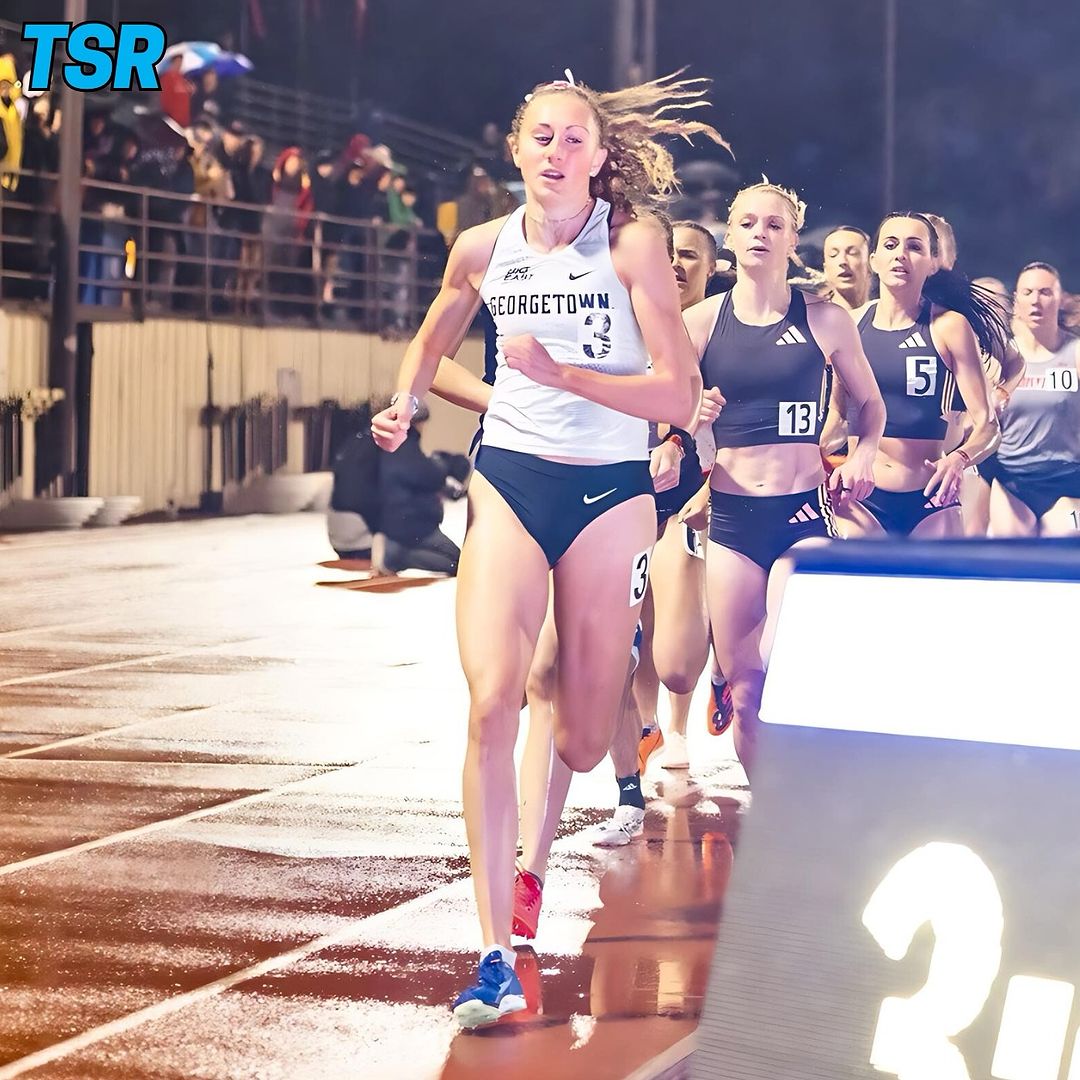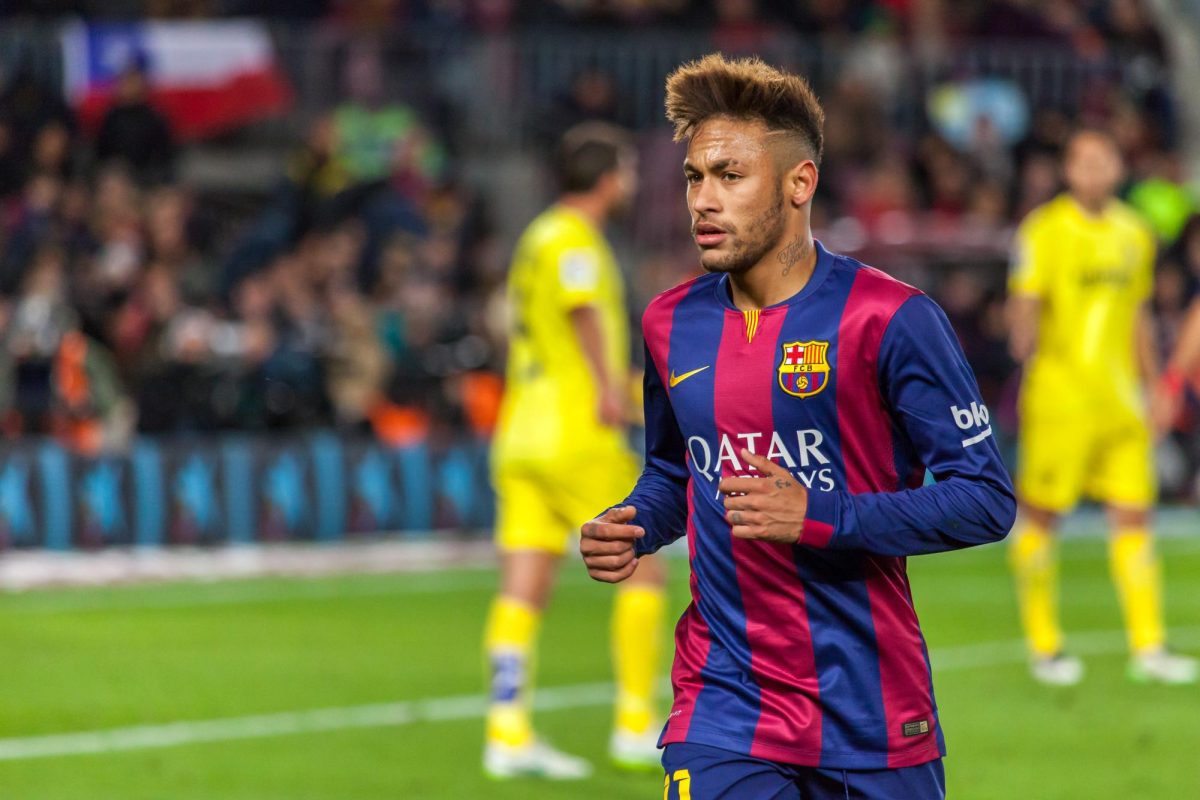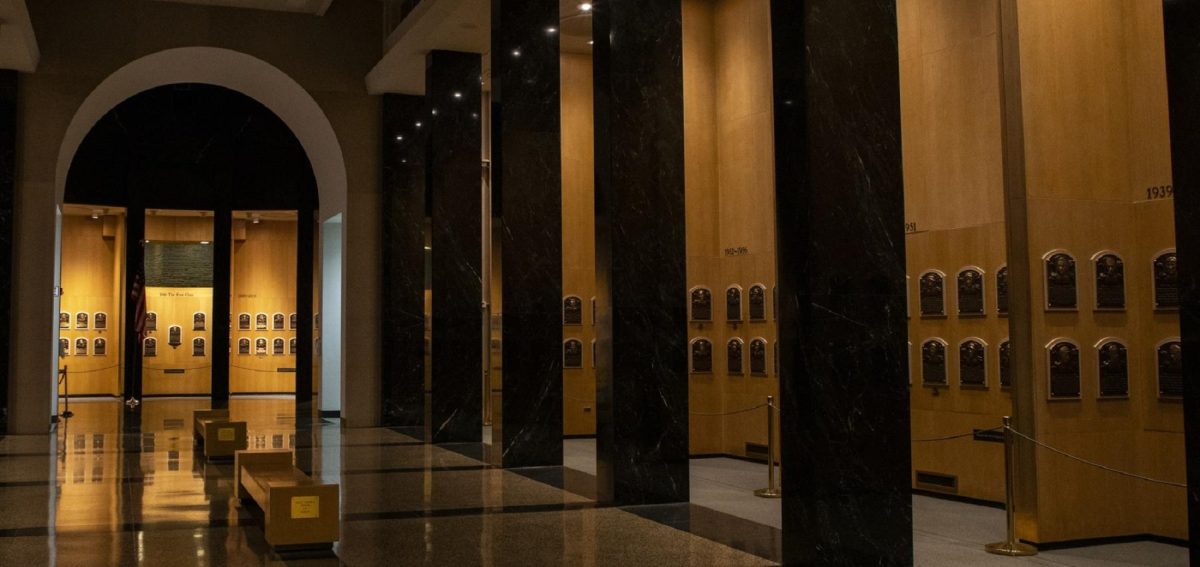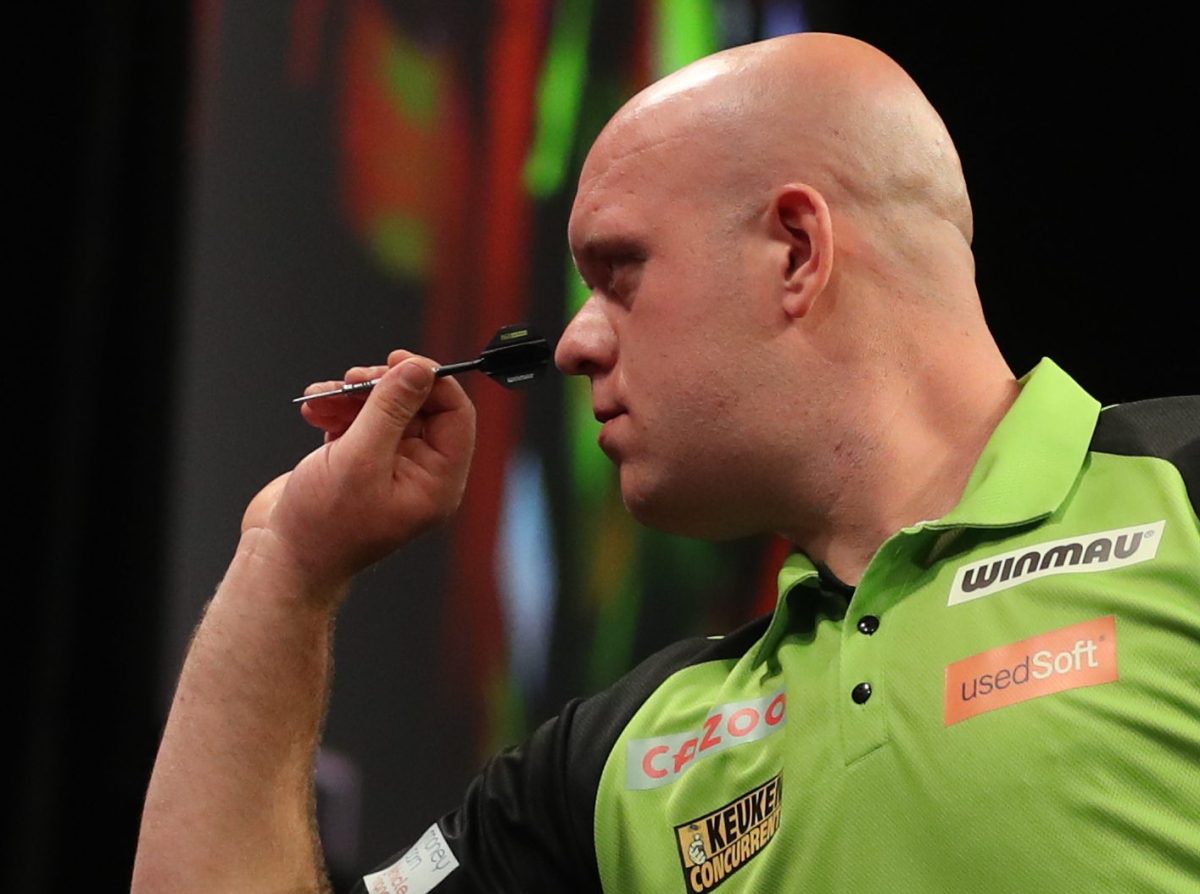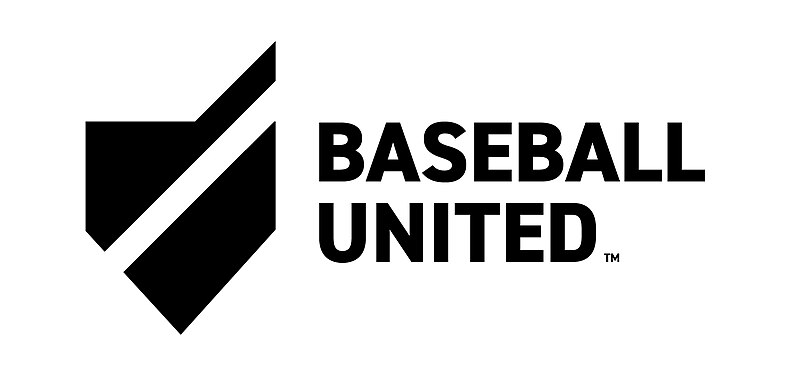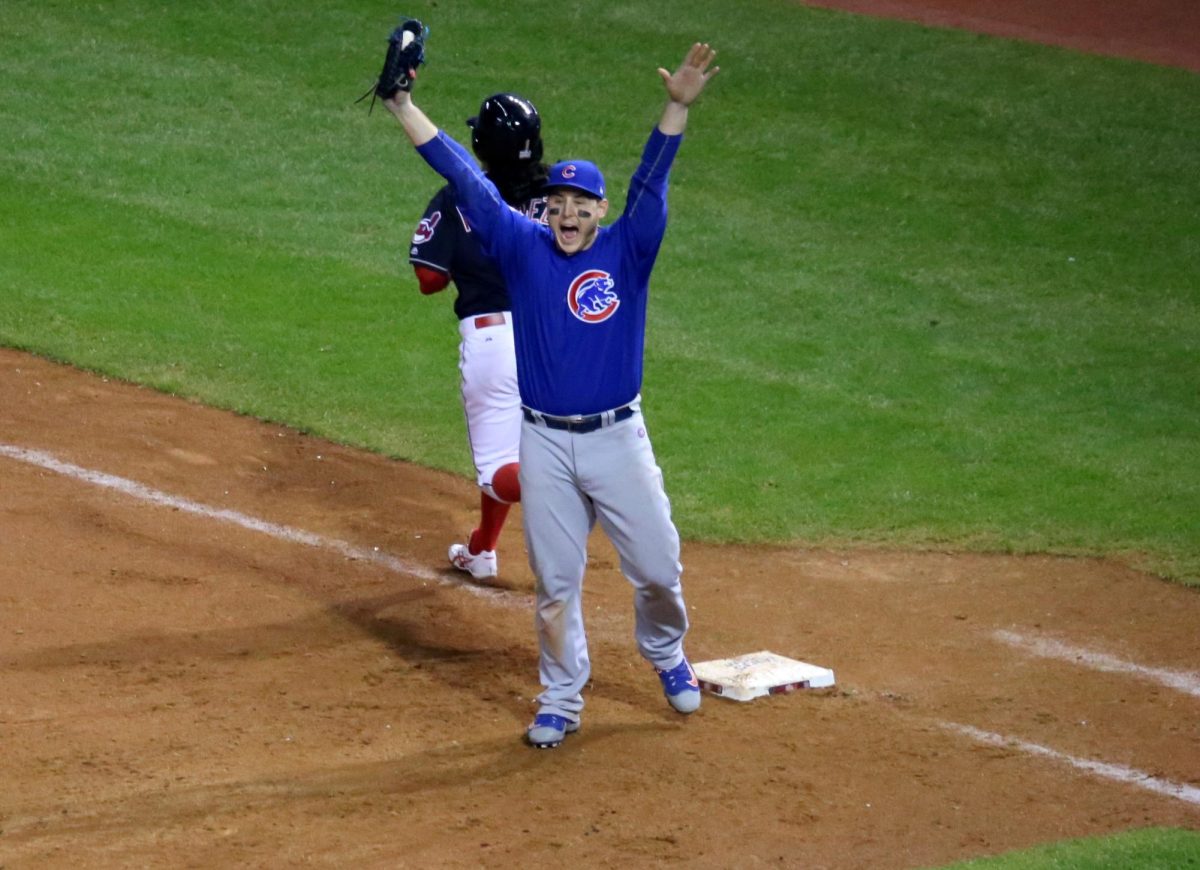The working-class sport of European football has seen exponential growth in the last 20 years, leading to all elements of its culture being explored, not least its fashion. But when high fashion brands, streetwear labels and even football clubs themselves use fans as inspiration, is it paying them respect or trivializing their culture?
The link between football and fashion has its roots in groups of supporters now labeled “casuals,” who began traveling around the late 70s from the northwest of England to mainland Europe to watch their teams play and buy (or loot) the latest clobber from Italy, Spain, Germany or France that was not yet available in their cities of Liverpool or Manchester.
Initially, fans bought clothing whilst traveling out of necessity. Die-hard football enthusiasts of this era were often part of other subcultures such as skinheads, who were largely associated with violence. To control violent outbreaks between rival firms at football matches, police would make skinheads unlace and remove their Doc Martens outside to make them more vulnerable inside. By wearing expensive foreign brands, these fans could hide in plain sight and start fights more effectively.
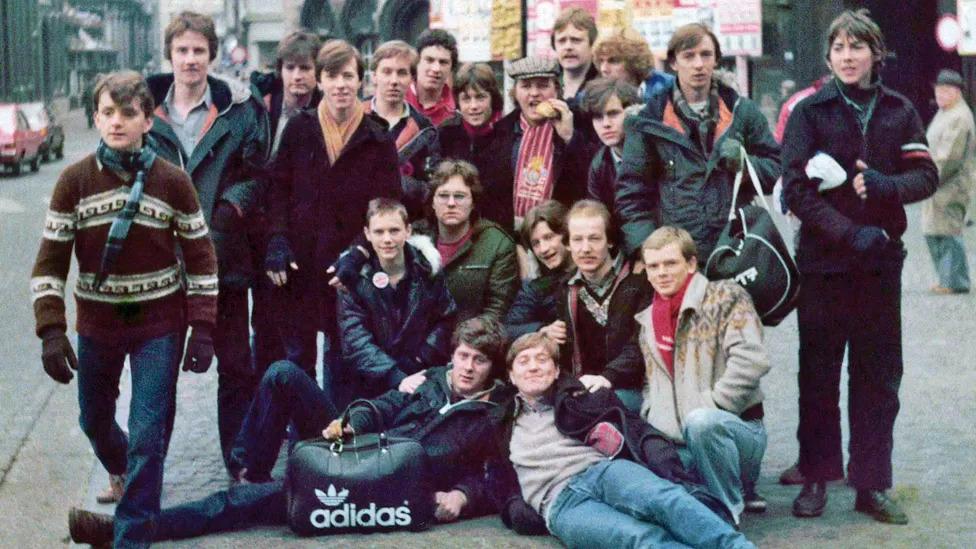
However, not all casuals were hellbent on the lager-fueled barbarity that often dominated the narrative of football culture in the 70s and 80s. They were much more pioneering than they are given credit for. Before the late 70s, sneakers were only worn to play sports, but the casuals brought the Adidas footwear seen on the pitch to the terraces. The Adidas Mamba, Bamba and Kick were regularly seen, but none became more iconic than the Samba.
The modern terrace staples of Fila, Slazenger, Fred Perry, Lacoste and Sergio Tacchini were European rarities in the late 70s, which helped to distinguish the working class in England and bring casual sportswear into the country’s wardrobe. In the mid-80s, domestic brands were added due to the lack of European games for British teams following the 1985 Heysel Stadium disaster, and the 90s saw the addition of one brand that has become synonymous with the casuals — Stone Island.
The iconic compass patch on the arm, which was sometimes removed to avoid police attention, became the new symbol of the football fan and started to appear in pop culture. Immensely popular Britpop bands such as Oasis and Blur and British cult classic films such as “The Football Factory” and “Green Street” embraced the casuals’ aesthetic. By the early 2000s, the look was further submerged into the mainstream and, in turn, further away from the hooliganism it originated from.
Fast forward to 2023 and you will not see Drake or Bella Hadid at a Scunthorpe away game, but you will see Drake wearing a Stone Island jumper, or Hadid strutting in NYC with a pair of Sambas on. Why is this?
Certain brands are commodifying a culture to appeal to a broader market. The growth of football fashion and the popularity of the kits has seen the prerequisites of shirt design drastically change.
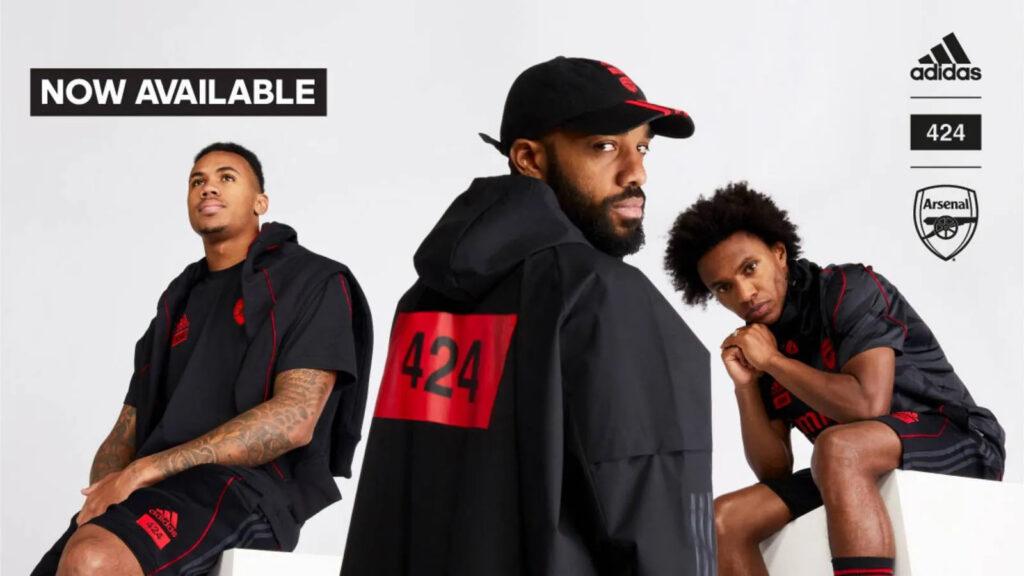
It is no longer just about representing a club and a community. It has to work just as well on the pavement as it does on the pitch to appeal to those who do not consider themselves football fans, creating another revenue stream for these clubs and brands alike.
Clubs have tried to bridge the gap between the two markets, often collaborating with streetwear brands to create a line that would be equally suited to Mr. Porter as well as a sports website. Whether it’s Palace with Juventus, OFF-WHITE with AC Milan, or 424 with Arsenal, clubs have tried to create a product that would appeal as much to their match-going fans as to this new breed of football fashionista.
Football fashion has infiltrated every level of the industry. Reinterpretations of jerseys were recently seen on runways for ETRO and Balenciaga, as well as our casuals inspiring the 90s nostalgia-filled TikTok fashion trend dubbed “bloke core,” which had Kim Kardashian wearing an AS Roma kit and Rihanna wearing a Balenciaga “jersey”.
As football and its audience have grown to gargantuan levels, it has attracted the glitz and glamour formerly associated with movie stars and musicians. But for every “Jack Grealish for Gucci” or “Kylian Mbappé for Dior” ad campaign or an overpriced fake jersey cantering down the runway, there will always be that buzz when you and the rest of the fans cram into the ground as one, or the sheer elation that comes when you hug a complete stranger as your side bags the winner.
I am sure they’ll forgive you for stepping on their Sambas.






